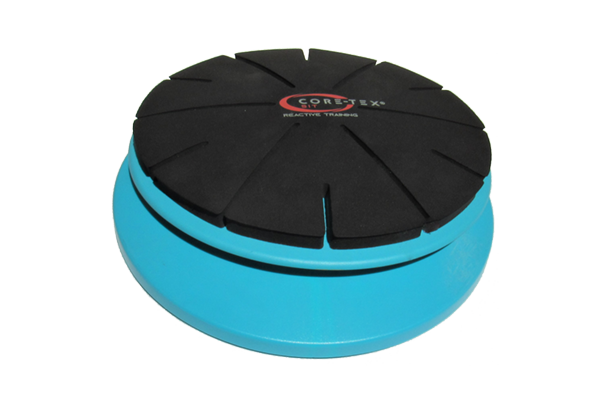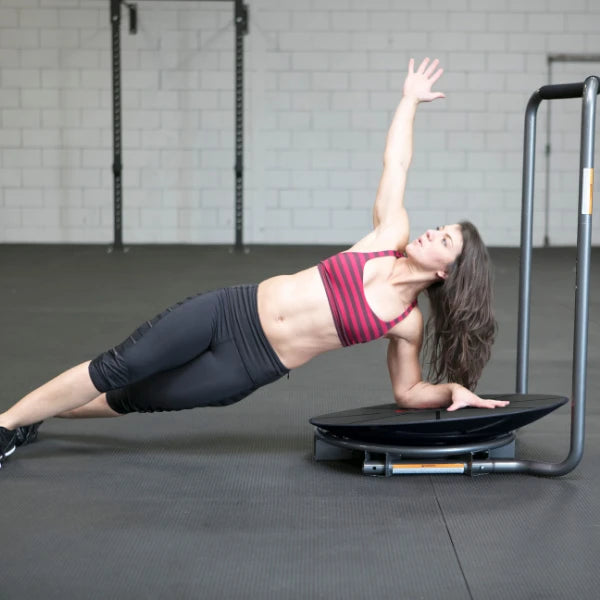
Doctor Elizabeth Leeds has been working in physical therapy for over 18 years. She works in both the orthopedic as well as in the pelvic floor specialties. In recent years her focus has been in pelvic health with additional backgrounds in orthopedic therapy, personal training, and holistic coaching. Her approach with patients with pelvic floor dysfunction and pain are not one dimensional. Instead, she integrates all aspects of physical therapy and personal training holistically into pelvic floor therapy.
Dr. Leeds explains that “a lot of people come to me thinking that they have a weakness in their pelvic floor because they are having urinary incontinence or that they are having pelvic pain. And it's not always as simple as that. A combination approach is usually taken where we look at the pelvic floor in terms of the pelvic muscular tightness, as well as the weakness.” She explains that we really look at the myofascial tightness and its interdependence throughout the body. And when it comes to training the pelvic floor, oftentimes the focus is teaching the person how to relax, how to stretch out the hips, and how to stretch out the back. From there, work begins on teaching the pelvic floor muscles how to activate. The opposite could be true for the postpartum mom or people who have more laxity or weakness in the pelvic floor. A corrective program will begin with the education about how the pelvic floor functions and then begin to strengthen the pelvic floor muscles.
Regardless, both types of patients (the tight pelvic floor and the weaker pelvic floor), will eventually go from pelvic floor strengthening to different types of integrated strengthening. This means for example, not just holding a pelvic floor contraction or Kegel. Instead, progress to different types of contractions of the pelvic floor muscles (i.e. strong contractions held for a second or light contractions held with subtle body movements over a longer duration). Next integrating those pelvic floor contractions into a full body approach. Dr. Leeds states, “I think that's where the missing link is, and the confusion lies. With a lot of the fitness training population and rehab population, they think that all that you need to do is rehab the pelvic floor”. When rehab therapists work with the pelvic floor, they will get the person moving and then integrate the movement as part of the abdominal muscles and the lower back muscles. They function together with the breath, and the hips as they move.

The lumbar spine has nerves that travel in and through the pelvic floor. Oftentimes there's a spinal component when people seek out pelvic floor therapy. Whether people come in with lower back pain or people come in with pelvic issues, there is usually a relationship that the physical therapists must address. Like any other pelvic floor program, you want to take the person from isolated motions to activating the transverse abdominus and the more superficial abdominals that enhance awareness as part of an integrative pelvic floor therapy approach.
This is where Dr. Leeds thinks Core-Tex Sit is brilliant. It is a piece of equipment that can be used both to isolate, in terms of having a person to feel the mobility of the pelvis, and due to its shape, help with awareness of the pelvic floor. Having the persons hips and pelvis move in in a multitude of directions, can really help relax the pelvic floor muscles OR activate the pelvic floor muscles based upon what the therapist’s intentions are.
You can teach someone a movement pattern, and once they learn that movement pattern, they are then given different intentions. For example, the patient is instructed to move and really explore the various ranges and directions of motion. Or the individual is cued to think about the pelvic floor, the back of the belly, and to try to control motion through the core and use the breath. Both are examples of pelvic floor exercises but with different intent.
Dr. Leeds ads, “That's a nice thing because you can teach someone the movement and they're not trying to think about what do I do {or} where do I go? The responsiveness of Core-Tex Sit is doing that for them.” The variability that is built into the Core-Tex Sit design supplies the integration of the hips, pelvic floor, and lower back for a holistic approach to pelvic floor and lower back care.
Learn More:













